Nineteen years
after Raiders of the Lost Ark, Indiana Jones is
back in the highly anticipated Indiana Jones and the
Kingdom of the Crystal Skull, in theaters now.
Trademark fedora intact, Harrison Ford once again
toplines as the adventurous archaeologist, this time on the
hunt for the Crystal Skull of Akator, a legendary
skull believed to hold the power of world domination
for whoever can unlock its secrets.
In the real
world, Indy's altar ego may well be Dr. Jane MacLaren
Walsh, an anthropologist at the Smithsonian's
National Museum of Natural History, whose research
focus is--yes!--crystal skulls. The objects have
attracted a growing legion of fans over the
years--from New Age devotees to
psychics--who say the skulls have supernatural healing
powers. But Walsh's work has shown that no
crystal skull has ever been excavated from a
documented archaeological site. Still, despite their
inauthenticity, skulls of all sizes, usually made from
rock crystal, have been displayed as ancient artifacts
in museums and private collections worldwide.
Everyone wants to
talk to Walsh these days, given her real-life
connection to a major summer blockbuster (The Times
of London and Der Spiegel are two of
her recent suitors). But The Advocate had a
special reason to talk: Walsh is gay, and has lived with her
partner for more than two decades in Washington, D.C.
From her office there, she recently spoke to Michael
Gardner about her passion for those crazy crystal
artifacts and, of course, everything Indy.
The Advocate: Thanks to nothing more than a movie
title, what's it been like to get all this attention for
your work?
Walsh: Completely crazy. Totally unexpected. As
you can imagine, it's not something that normally happens to
me. In my regular work, people get my email and send
me photographs of objects they'd like me to inspect,
mostly pictures of pre-Columbian artifacts -- or what
they hope are pre-Columbian artifacts. It's amazing how many
fakes are around.
Did the creators know about you or consult with you
on the film?
No, and they
wouldn't have. The Indiana Jones movies are great fun and
wild entertainment. They are fantasies. And that's not what
I do.
People have been peppering you with questions
pertaining to the movie. What's most surprised you?
They expect me to
have insider knowledge of the film and the plot. But
unfortunately, I don't. All of the writing I've done about
skulls has been in terms of them being fakes. And
crystal skulls are relatively modern fakes. I
originally wrote about this in Archaeology magazine,
and since the 1970s the interest in skulls has really
exploded.
Why is that?
My own feeling is
that we are fascinated with our own mortality and these
skulls are a representation of us and our mortality. Since
the Renaissance, skulls have often been depicted in
paintings to reflect impermanence and the fragility of
life. One example of this is that you often see
priests contemplating skulls. In addition, they are made of
these materials, rock and crystal, that Europeans find very
valuable.
How did you become an expert on crystal skulls in
the first place?
It happened
essentially because someone sent us one in the mail, an
anonymous, unsolicited package. I had been doing some
archaeological collections work here and I had just
started doing research on crystal skulls. I grew up in
Mexico, did my BA and MA there, and crystal skulls
were objects I had never seen in any collection of artifacts
that had ever been excavated from a site. That raised
a flag early on in my research, but when we received
this skull, it opened up an entirely new avenue of
research for me.
Do you have any skulls, real or fake, in your own
personal collection?
[Laughs]
Yes, actually I do. My friends are always giving them
to me. Mostly I keep them in the office. A few years
ago I was in Mexico and I saw a bunch of these crystal
skulls of very small size--they were about a
half inch high--I saw them and I decided to buy
them from a thieves market and they turned out to be glass.
Various people have given me ones they bought on eBay
and they are more modern carvings. About two to three
weeks ago, I was in Mexico with a film
crew--another network along with the BBC are putting a
documentary together on this research. While we were
there, I found this stone-carving workshop and they
were selling a version of crystal skulls. So I bought
one for myself--partially for research.
Will you see the movie?
Oh, sure, I'll
see it. I haven't been invited to any pre-screening or
anything. But I will see it and I'm interested in what their
crystal skulls look like. When all of this interest
started in relation to the film, somebody sent me a
poster with Indiana Jones in the foreground and what
appears to be an image of a crystal skull in the background.
It looks alien. Our philosophy at the Smithsonian is
to increase and diffuse knowledge. That's what I'm
trying to do.
Are you a fan of the other Indiana Jones films?
I like the first
one best, Raiders of the Lost Ark. Oddly
enough, there is golden figure that Indy grabs at the
start of the opening sequence that sets off a series of
booby traps that end with a huge boulder nearly
crushing him. That golden figure is an image of a
goddess that's based on a supposed pre-Columbian Aztec
piece. The piece is in the Dumbarton Oaks Museum in
Washington and I've studied it at length. It's a
nineteenth-century fake. That's a theme of these
films: Indy goes after a lot of a fakes.








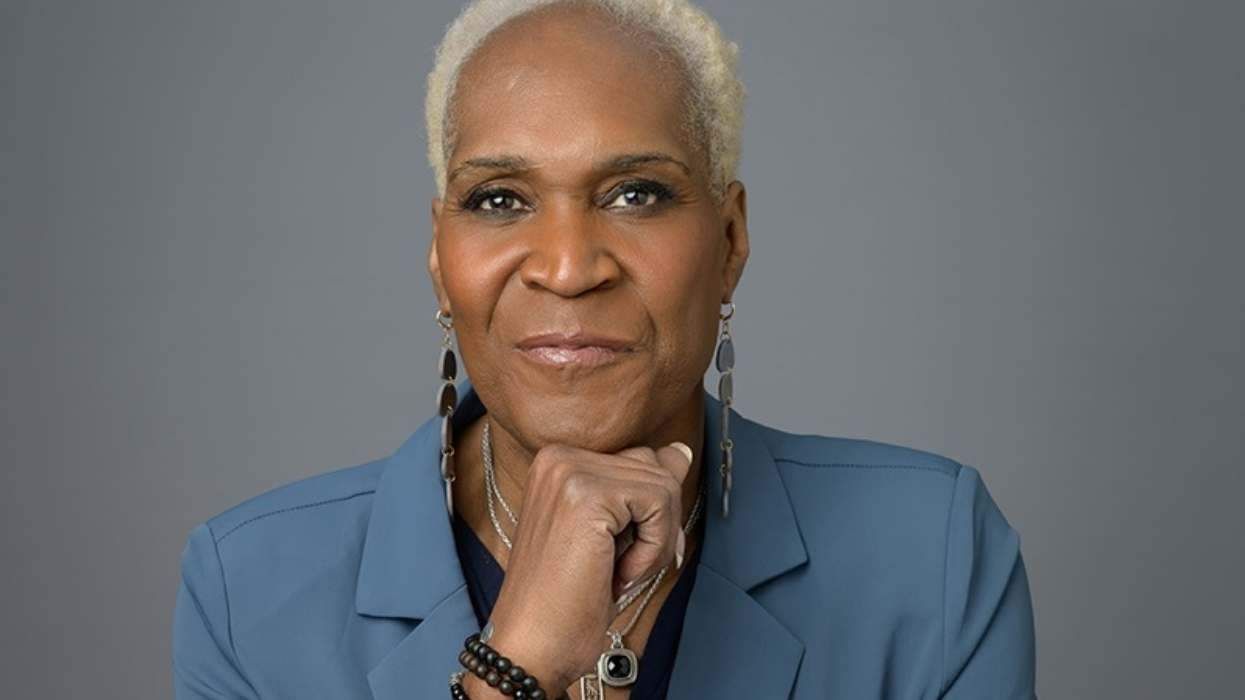


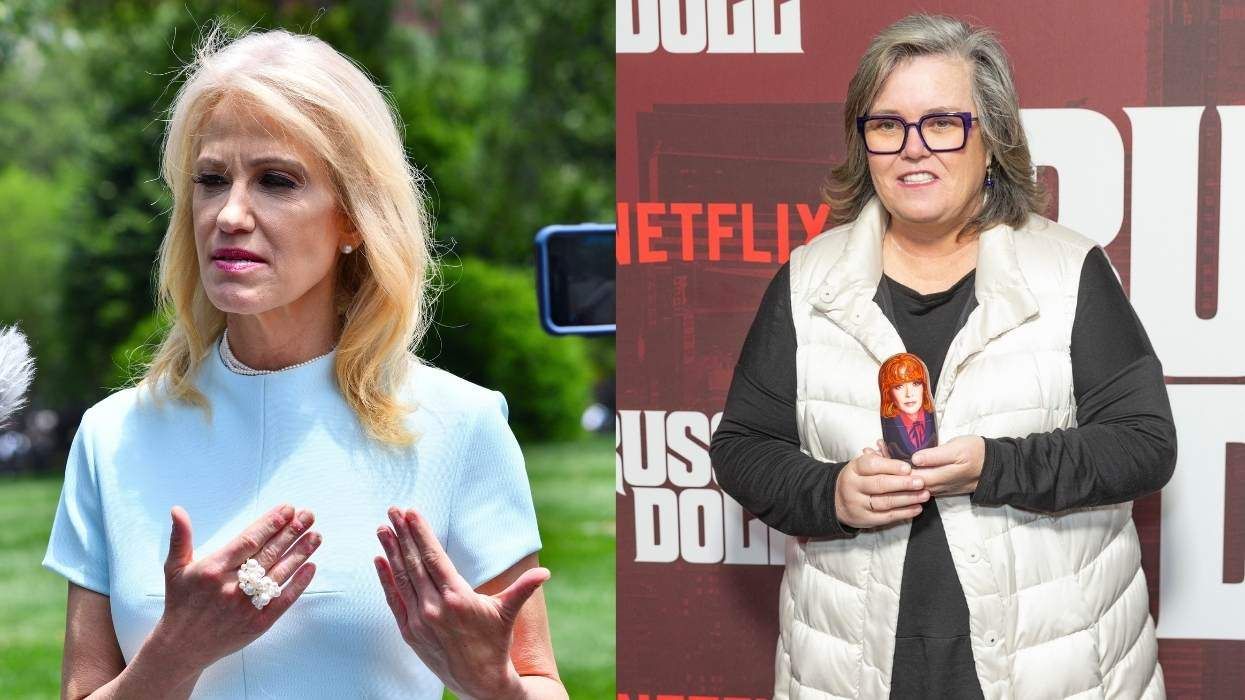

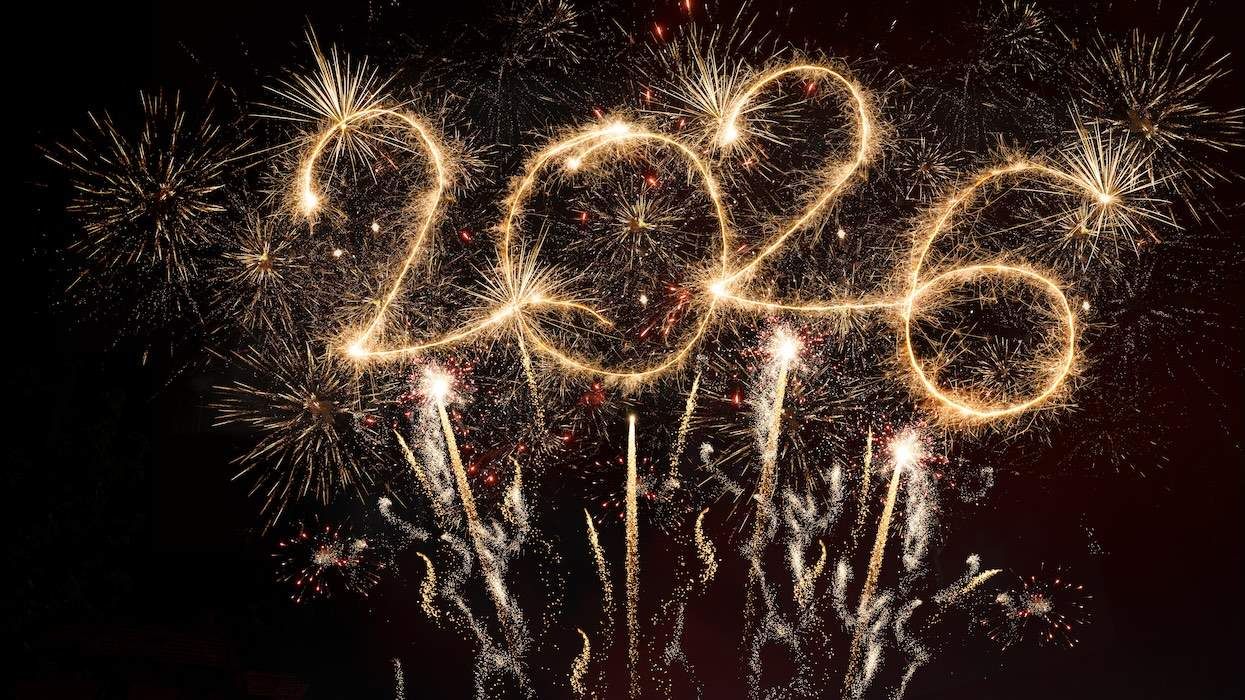





























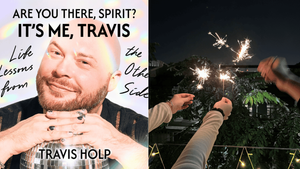












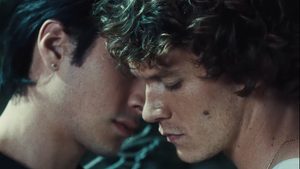








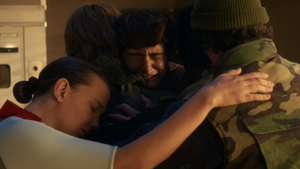


Charlie Kirk DID say stoning gay people was the 'perfect law' — and these other heinous quotes